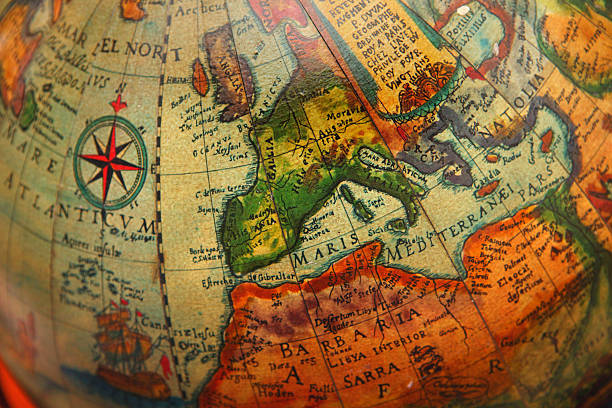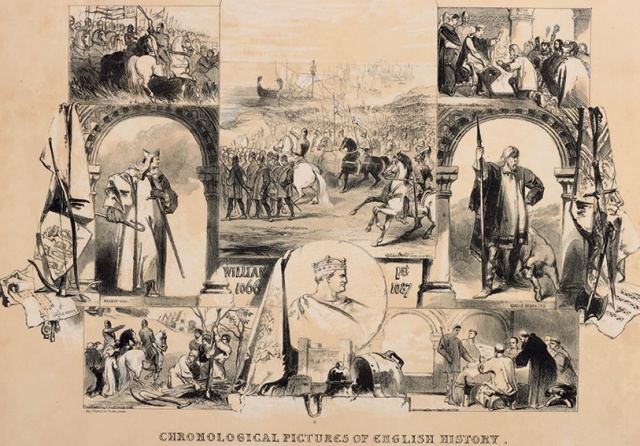The Birth of a Parisian Institution
The Puces de Saint-Ouen began in the late 19th century when rag-and-bone men, known as "chiffoniers," would gather at the Porte de Clignancourt to sell their finds. By the 1920s, these informal gatherings had evolved into a proper market.
In 1920, the first official market, Marché Vernaison, was established by Romain Vernaison. This marked the beginning of what would become the largest antique market in the world.

Growth Through the 20th Century
Throughout the 20th century, the market expanded rapidly. The 1930s saw the opening of Marché Biron, specializing in high-quality antiques. After World War II, the market became a hub for dealers and collectors from across Europe.
By the 1960s, Puces de Saint-Ouen had gained international recognition, attracting celebrities, interior designers, and antique enthusiasts from around the world.

The Modern Era
Today, Puces de Saint-Ouen spans over 7 hectares with 15 distinct markets and more than 2,500 dealers. It has become a must-visit destination for anyone interested in antiques, vintage items, or Parisian culture.
The market continues to evolve, blending traditional antique dealing with contemporary vintage fashion, mid-century modern furniture, and eclectic collectibles.
